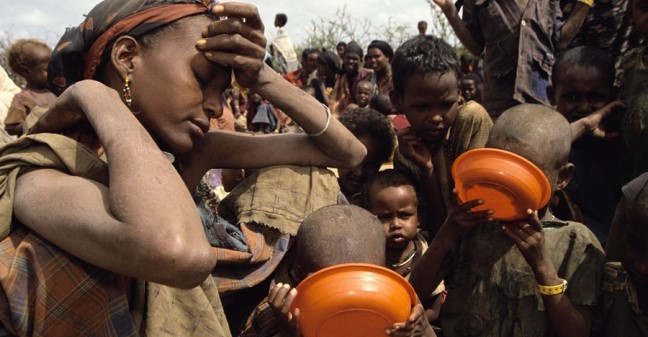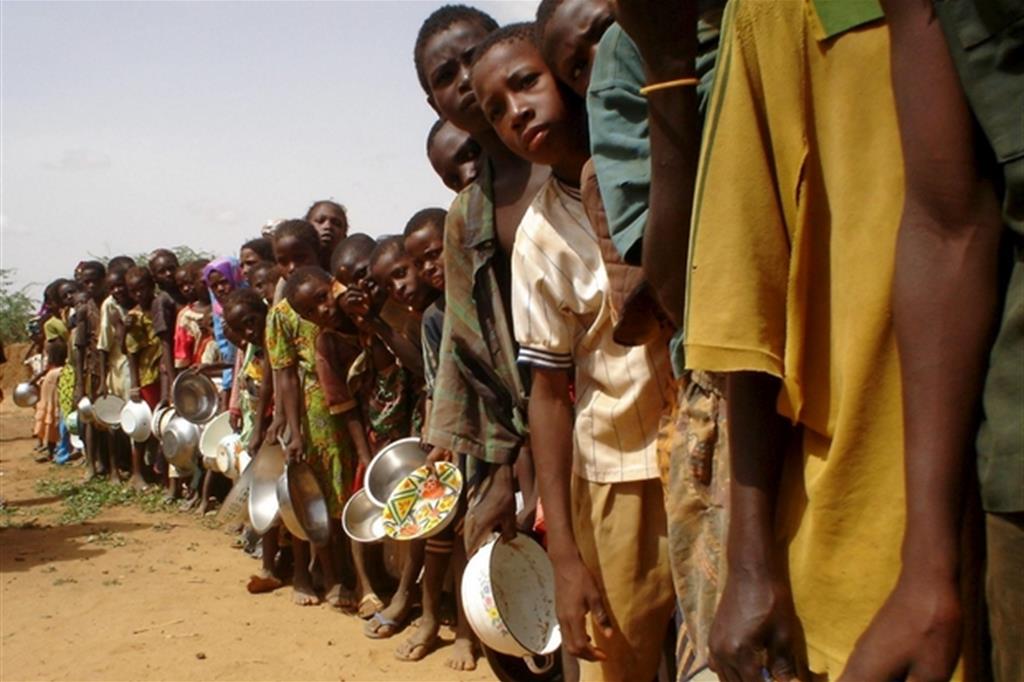Over 733 million people around the globe are facing the grim reality of hunger, a extremity that calls for critical attention and action. Hunger continues to be one of the world’s most burning challenges, affecting not only individualities and families but entire communities, husbandry, and nations. On October 16, 2024, the world came together to observe the 44th World Food Day, a global action led by the Food and Agriculture Organization of the United Nations( FAO). This periodic observance serves as a poignant memorial of the collaborative responsibility to combat hunger and malnutrition.
The theme for this time’s World Food Day was “ Right to food, health, and a better future. ” This theme underscores the critical need for all individualities to have access to acceptable and nutritional food and highlights the interconnectedness of food security, health, and sustainable development. Food instability is n’t simply a matter of inadequate force it is deeply embedded in systemic inequalities, climate change, and conflict, making it a complex issue that requires coordinated sweats on multiple fronts.
The FAO has continuously emphasized the struggles faced by growers, who work lifelessly to produce sufficient food for the growing global population. Despite their sweats, hunger remains an implacable challenge, aggravated by factors similar as fortified conflicts, profitable insecurity, and the decreasingly severe impacts of climate change. In a statement, the FAO noted, “ roughly 733 million people are facing hunger, frequently as a direct result of ongoing conflicts, climate change impacts, and profitable insecurity. ”
This intimidating statistic paints a grim picture of the state of food security worldwide. Vulnerable groups, including the impoverished and those reliant on husbandry for their livelihoods, are disproportionately affected. The challenges faced by these groups reveal stark inequalities both between nations and within them. numerous of the world’s poorest communities warrant access to the coffers, structure, and support demanded to produce or acquire sufficient food, leaving them at heightened threat of hunger and malnutrition.
Hunger is n’t just a logistical or agrarian problem it is a moral extremity. The FAO has reiterated that food security is a abecedarian mortal right, elevated in the Universal Declaration of Human Rights and other transnational legal fabrics. deposited as one of the most critical musts of life, alongside air and water, access to acceptable nutrition is a foundation of mortal quality. The fight against hunger, thus, is n’t simply a policy thing but a moral imperative, taking global solidarity and commitment.
The situation in Africa is particularly dire, with 282 million individualities at threat of hunger. This figure underscores the unique challenges faced by the mainland, where socio- profitable factors, political insecurity, and environmental vulnerabilities frequently complicate food instability. numerous African countries are heavily dependent on rain- fed husbandry, making them particularly susceptible to the impacts of climate change, similar as famines, cataracts, and changeable rainfall patterns. Addressing these challenges is essential, as food security is nearly tied to profitable stability, health issues, and overall quality of life for millions of people.
In Rwanda, food security has been a precedence for the government, and significant strides have been made to ameliorate agrarian structure and productivity. Dr. Karangwa Patrick, a director in Rwanda’s Ministry of Agriculture and Livestock, stressed the progress the country has made while admitting the challenges that remain. He explained that food security is assessed through four essential pillars vacuity, availability, stability, and sustainability. These pillars give a comprehensive frame for understanding the multifaceted nature of food security and relating areas that bear targeted intervention.
Karangwa participated that “ In 2021, the National Bureau of Statistics indicated that Rwanda achieved a food tone- adequacy rate of 79.4. While numerous homes are suitable to meet their nutritive requirements according to these four criteria, there remains a concerning 20.6 of homes that still witness food instability. ” This data reflects both the progress Rwanda has made and the patient gaps that need to be addressed.
Food vacuity, the first pillar, refers to the physical presence of sufficient food to meet the requirements of the population. While Rwanda has made strides in adding agrarian product, certain food particulars remain problematic, particularly in regions where growers face challenges similar as poor soil fertility, lack of access to irrigation, and limited access to requests. To address these issues, the government has been enforcing strategies to enhance agrarian productivity, including the creation of high- yield crop kinds, the expansion of irrigation structure, and the provision of subventions for diseases and seeds.

The alternate pillar, availability, focuses on the capability of individualities to gain food, whether through copping
it or growing it themselves. profitable factors, similar as poverty and severance, play a significant part in determining food availability. In Rwanda, sweats to ameliorate availability include programs aimed at reducing poverty, promoting income- generating conditioning, and perfecting pastoral structure to connect growers to requests.
Stability, the third pillar, refers to the harmonious vacuity and availability of food over time. This pillar is particularly vulnerable to external shocks similar as climate- related disasters, political insecurity, and profitable oscillations. In recent times, Rwanda has invested in erecting adaptability to these shocks through enterprise similar as climate-smart husbandry and the establishment of strategic grain reserves to insure food vacuity during times of extremity.
Eventually, sustainability, the fourth pillar, emphasizes the need to produce and consume food in ways that cover the terrain and insure coffers are available for unborn generations. Sustainable husbandry practices, similar as agroforestry, organic husbandry, and the use of renewable energy in husbandry, are being promoted to achieve this thing.
Karangwa emphasized that Rwanda’s approach to food security is holistic, addressing all four pillars to produce a robust and flexible agrarian system. still, he also conceded that important work remains to be done, particularly in reaching the most vulnerable homes and addressing patient inequalities in food access.
World Food Day serves as a memorial of the critical need for collaborative action to combat hunger and malnutrition. The FAO’s focus on the right to food and the interconnectedness of food security, health, and sustainable development highlights the significance of addressing the root causes of hunger. This includes diving systemic inequalities, supporting smallholder growers, mollifying the impacts of climate change, and icing that food systems are flexible and inclusive.
The fight against hunger is a participated responsibility that requires the involvement of governments, transnational associations, private sector actors, and individualities. By working together and prioritizing the principles of equity, sustainability, and mortal rights, the global community can make meaningful progress toward eradicating hunger and creating a future where everyone has access to the nutrition they need for a healthy and fulfilling life.
The extremity of hunger, affecting over 733 million people worldwide, is a stark memorial of the inequalities and vulnerabilities that persist in our world. still, it also serves as an occasion to rally collaborative sweats toward a common thing. Through innovative approaches, sustained investment, and unvarying commitment, a world free from hunger is n’t only an aspiration but an attainable reality.




